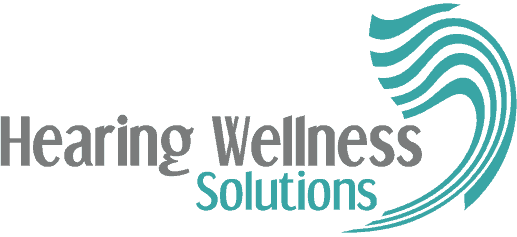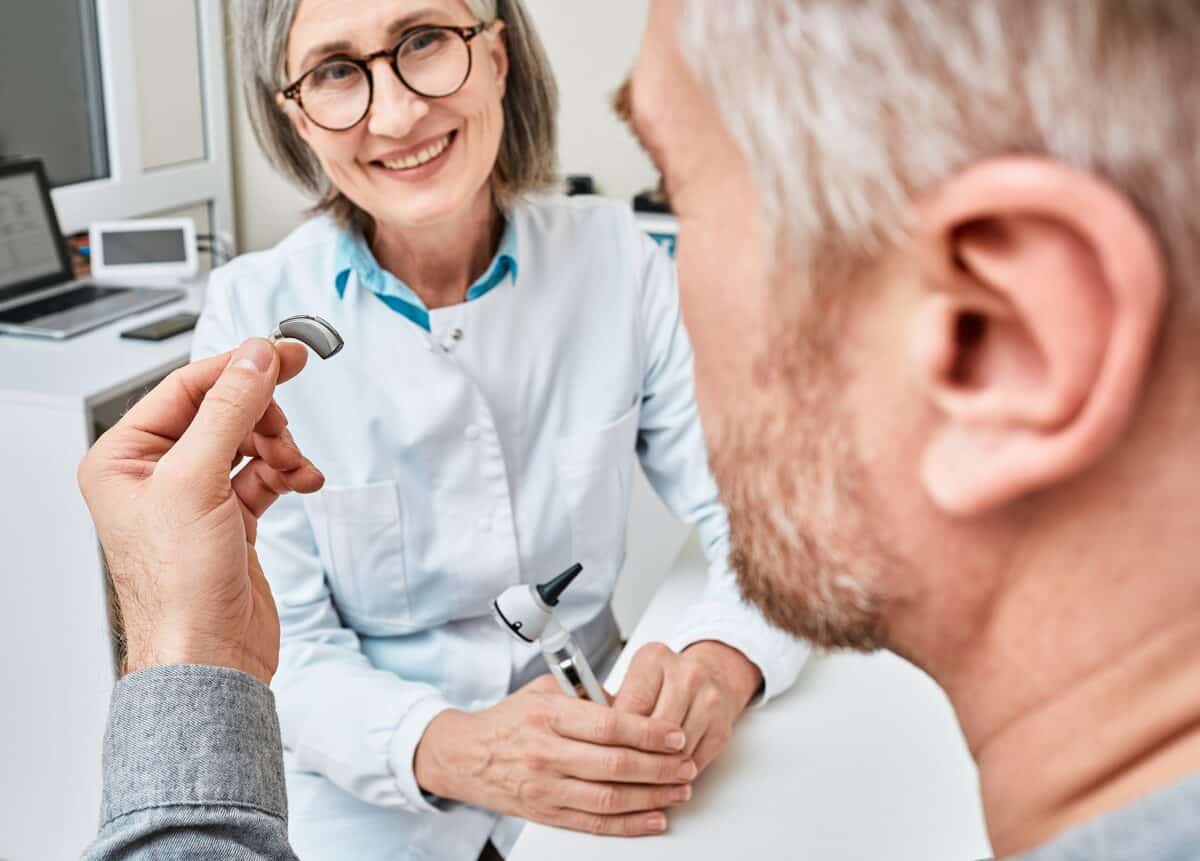As an audiologist dedicated to the well-being of my patients, I cannot emphasize enough the profound impact that hearing loss can have on one’s overall health and quality of life. Beyond the challenges of communication and social isolation, hearing loss can also pose serious physical risks, including an increased risk of falls and accidents. In this article, we will explore the crucial connection between hearing loss and falls, the latest advancements in hearing loss prevention, diagnosis, and management, and the transformative role of hearing aids in mitigating these risks. Our journey will not only shed light on the present but also glimpse into the future of hearing healthcare.
The Hearing Loss and Falls Nexus
Hearing loss is often regarded as an isolated issue, but research has shown that it is closely linked to a higher risk of falls and accidents. A study published in JAMA Internal Medicine in 2019 found that individuals with untreated hearing loss were more likely to experience falls compared to those who used hearing aids. The reasons behind this connection are multifaceted:
Auditory Cues for Balance:
Our sense of hearing plays a significant role in maintaining balance and spatial awareness. Auditory cues from our environment, such as footsteps, approaching vehicles, or warnings, help us navigate safely. When hearing loss compromises these cues, it can lead to a loss of situational awareness, increasing the risk of stumbling or falling.
Cognitive Load:
Straining to hear and comprehend speech or sounds in noisy environments places a higher cognitive load on individuals with hearing loss. This extra cognitive effort can divert attention away from maintaining balance, making them more susceptible to accidents.
Social Isolation:
Untreated hearing loss often leads to social withdrawal due to communication difficulties, reducing physical activity and engagement in outdoor activities. This sedentary lifestyle can contribute to muscle weakness and a decline in overall physical fitness, further increasing the risk of falls.
Early Detection: The Key to Prevention
Preventing falls and accidents associated with hearing loss begins with early detection and intervention. Regular hearing screenings are essential, especially for individuals over the age of 50, as age-related hearing loss is common. By identifying hearing loss at an early stage, audiologists can implement timely interventions and minimize the associated risks.
The Role of Advanced Diagnostic Tools
Recent advancements in diagnostic tools have revolutionized our ability to assess hearing loss accurately. Audiologists now have access to state-of-the-art audiometry equipment that can pinpoint the type and degree of hearing loss with remarkable precision. Comprehensive hearing evaluations, including speech-in-noise testing, can uncover subtle deficits that might not be apparent to the patient.
Emerging Futuristic Interventions
The future of hearing loss prevention and management holds exciting possibilities, driven by technological innovations and scientific research. Here are some futuristic interventions that could further reduce the risk of falls and accidents:
Artificial Intelligence (AI):
AI-driven hearing aids can adapt in real-time to changing listening environments. They can enhance speech clarity and reduce background noise, making it easier for individuals with hearing loss to focus on their surroundings, thus improving their situational awareness and reducing the risk of accidents.
Augmented Reality (AR):
AR glasses with built-in hearing technology can provide visual and auditory cues simultaneously. These glasses can offer real-time translations, navigate complex environments, and even provide warnings about potential hazards, significantly enhancing the safety of individuals with hearing loss.
Cochlear Implants:
Continuous advancements in cochlear implant technology are expanding their candidacy criteria. In the future, more people with severe hearing loss may benefit from this life-changing technology, further reducing their fall and accident risks.
The Transformative Role of Hearing Aids
While futuristic interventions are promising, hearing aids remain the most accessible and effective solution for managing hearing loss and preventing falls. Modern hearing aids have come a long way from their predecessors. They are smaller, more discreet, and offer remarkable features, such as:
Directional Microphones:
These microphones can focus on speech while reducing background noise, enhancing the wearer’s ability to understand conversations and stay attentive to their surroundings.
Connectivity:
Many hearing aids now connect to smartphones and other devices, allowing wearers to receive alerts and notifications directly into their ears, further improving their situational awareness.
Fall Detection:
Some hearing aids come equipped with fall detection algorithms that can send alerts to loved ones or emergency services in the event of a fall, providing an extra layer of safety.
Hearing aids are not merely devices that amplify sound; they are instruments of empowerment, enhancing the lives of individuals with hearing loss in multifaceted ways. By improving communication, situational awareness, and overall quality of life, they play a pivotal role in preventing falls and accidents.
Our mission is to ensure that patients not only hear better but live better. The connection between hearing loss and falls is a testament to the intricate web of health factors, and addressing hearing loss is a vital step in preserving both physical and mental well-being. Through early detection, advanced diagnostics, and the transformative power of hearing aids, we can safeguard against the silent dangers that lurk in the shadows of untreated hearing loss. Together, we can create a safer, more vibrant future for those with hearing impairment, one where they can walk confidently and live life to the fullest.

